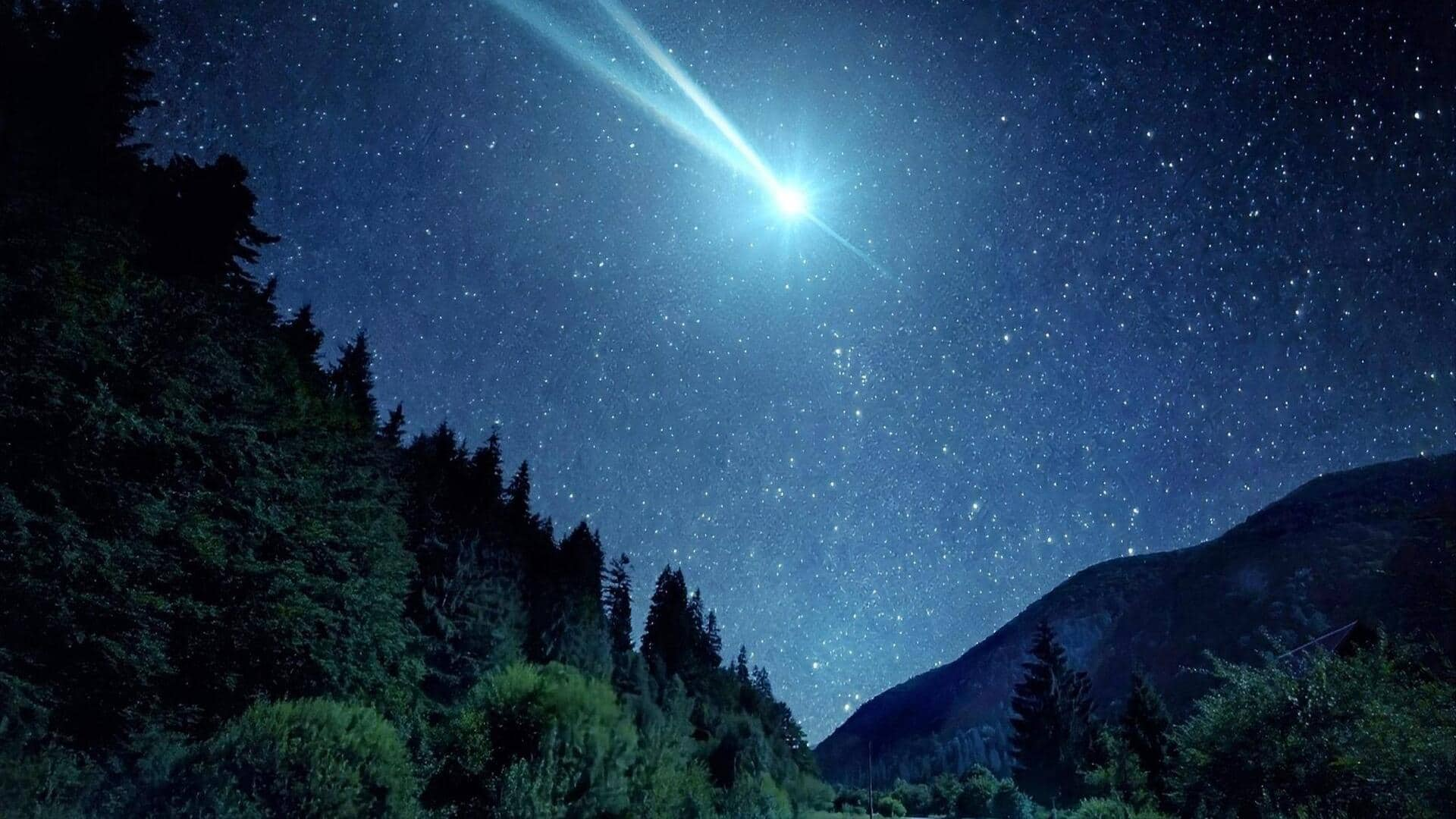
Rare comet set to light up skies after 80,000 years
What's the story
Comet C/2023 A3, also known as Tsuchinshan-ATLAS, is set to make a spectacular appearance in Earth's skies after approximately 80,000 years. This rare celestial event provides an opportunity for astronomers and sky enthusiasts to observe the comet. It will be visible in the hour before sunrise from this Friday to Monday next week. NASA astronaut Matthew Dominick has shared an impressive video of Comet Tsuchinshan-ATLAS on social media platforms.
Astronaut's observation
Comet Tsuchinshan-ATLAS: A fuzzy star in the sky
Dominick, currently aboard the International Space Station (ISS), described Comet Tsuchinshan-ATLAS as a fuzzy star to the naked eye. He stated, "So far, Comet Tsuchinshan-ATLAS looks like a fuzzy star to the naked eye looking out of the cupola windows." He further added that using a 200mm f/2.0 lens at 1/8s exposure allows for a clearer view of this celestial body.
Twitter Post
A timelapse preview of the comet
So far Comet Tsuchinshan-ATLAS looks like a fuzzy star to the naked eye looking out the cupola windows. But with a 200mm, f2 lens at 1/8s exposure you can really start to see it. This comet is going to make for some really cool images as it gets closer to the sun. For now a… pic.twitter.com/JstaSLJ4Ui
— Matthew Dominick (@dominickmatthew) September 19, 2024
Viewing tips
Advice on viewing
Amateur astronomer Stuart Atkinson suggested that the comet will appear beneath the Moon, low in the eastern sky. He advised using binoculars for an optimal view as it might be challenging to see with the naked eye. Atkinson described Comet Tsuchinshan-ATLAS as a "fuzzy star with a misty tail."
Celestial details
Brightness and best observation time
Comet C/2023 A3, which completes its orbit every 80,000 years, is predicted to shine as bright as magnitude +0.6 in the early morning sky by the end of this month . On September 28, it will reach its closest point to the Sun, known as perihelion. The best time to view this comet will be in mid-October when it moves into the evening sky, although its brightness may slightly fade to a magnitude of +0.8.